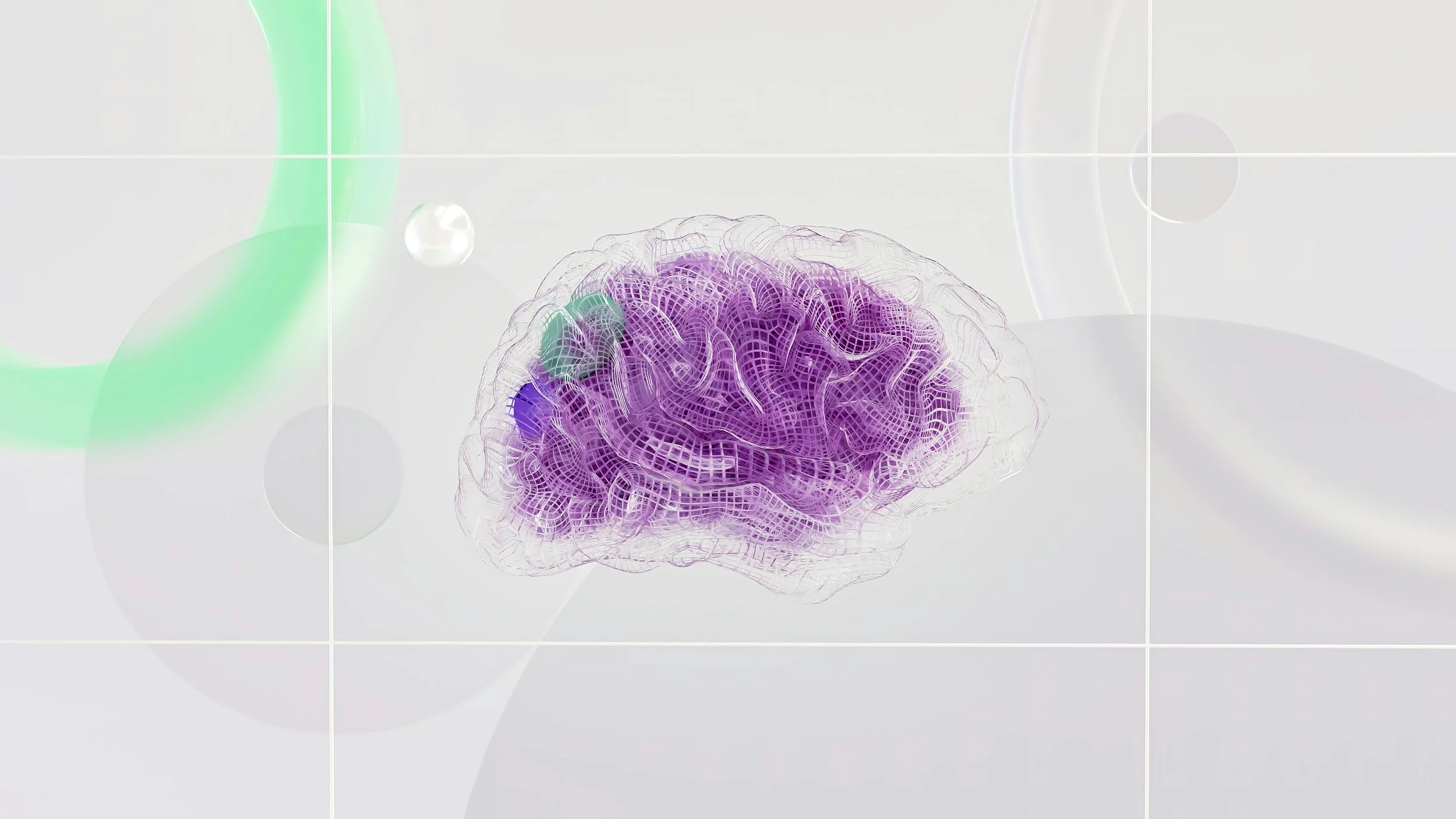Sensory Scientific Insights
· 95% of our decisions are made by the subconscious mind.
Zaltman, G. (2003). *How customers think: Essential insights into the mind of the market*. Harvard Business Press.
· Scent is the only sense that bypasses the thalamus and connects directly to the limbic system.
Herz, R. S., & Engen, T. (1996). Odor memory: Review and analysis. *Psychonomic Bulletin & Review, 3*(3), 300–313.
· People recall scents with 65% accuracy after one year, while visual recall drops to 50% after just a few months.
Sense of Smell Institute. (2004).
· Smell and taste loss are early indicators of neurodegenerative diseases like Alzheimer’s and Parkinson’s.
Doty, R. L. (2012). Olfactory dysfunction in Parkinson disease. *Nature Reviews Neurology, 8*(6), 329–339.
· Flavor perception is primarily retronasal, not just taste or smell alone.
Rozin, P. (1982). “Taste-smell confusions” and the duality of the olfactory sense. *Perception & Psychophysics, 31*(4), 397–401.
· Lavender, rosemary, and cacao contain aromatic compounds that support neuroplasticity and memory.
Moss, M., & Oliver, L. (2012). Plasma 1,8-cineole correlates with cognitive performance following exposure to rosemary essential oil aroma. *Therapies in Clinical Practice*.
· Scent enhances brand recognition and loyalty.
Spangenberg, E. R., Crowley, A. E., & Henderson, P. W. (2006). The effect of ambient scent on consumers’ perception, emotions, and behavior. *Journal of Retailing, 82*(3), 265–275.
· Touch influences perceived value and trust.
Williams, L. E., & Bargh, J. A. (2008). Experiencing physical warmth promotes interpersonal warmth. *Science, 322*(5901), 606–607.
· Ambient temperature and scent can modulate mood and memory formation.
Herz, R. S. (2004). A naturalistic analysis of autobiographical memories triggered by olfactory, visual, and auditory stimuli. *Chemical Senses, 29*(3), 217–224.
· Multi-sensory experiences increase emotional intensity and engagement.
Krishna, A. (2012). An integrative review of sensory marketing. *Journal of Consumer Psychology, 22*(3), 332–351.
· Sound and scent co-activation affects emotional valence.
Seo, H. S., & Hummel, T. (2011). Auditory-olfactory integration: Congruent or pleasant sounds amplify odor pleasantness. *Chemical Senses, 36*(3), 301–309.
· Scent cues enhance virtual and immersive experience realism.
Baus, O., & Bouchard, S. (2017). Exposure to an unpleasant odour increases the sense of presence in virtual reality. *Virtual Reality, 21*(3), 59–74.
· Natural scents like petrichor and hinoki wood lower stress and induce parasympathetic response.
Li, Q. (2010). Effect of forest bathing trips on human immune function. *Environmental Health and Preventive Medicine, 15*(1), 9–17.
· Flavor cues can reinforce or override visual branding cues.
Spence, C., & Piqueras-Fiszman, B. (2014). *The perfect meal: The multisensory science of food and dining*. Wiley-Blackwell.
· Sensory-enriched environments enhance neurogenesis and learning.
Nithianantharajah, J., & Hannan, A. J. (2006). Enriched environments, experience-dependent plasticity and disorders of the nervous system. *Nature Reviews Neuroscience, 7*(9), 697–709.
